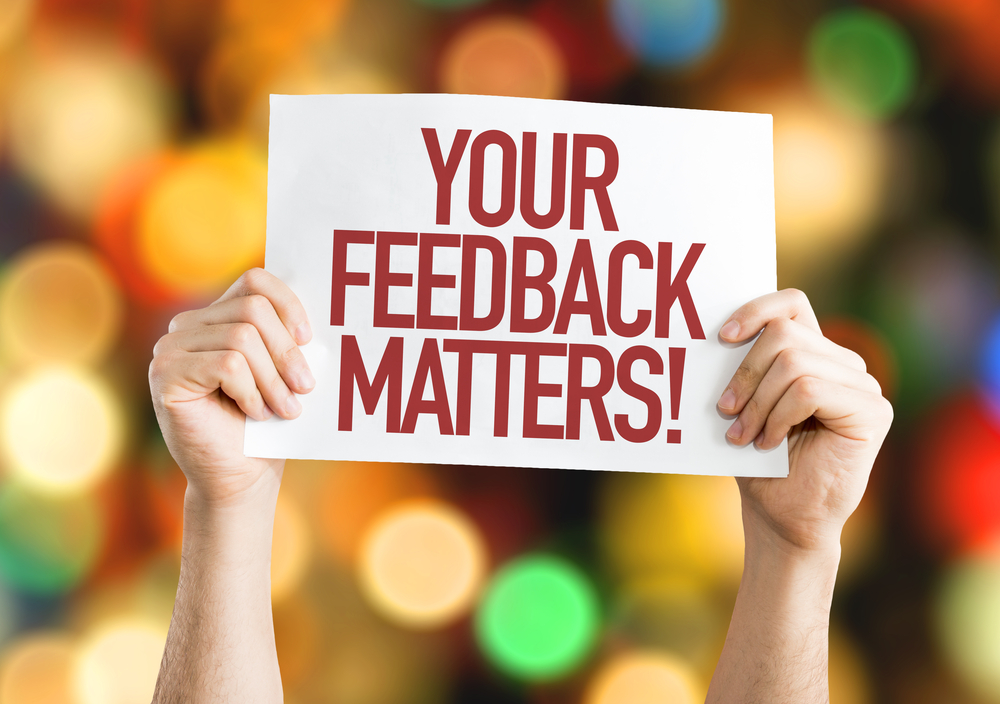6 Tips to Create A Restaurant Measurement System That Produces Real Results

Any organization with numerous locations spread out geographically, such as multi-location restaurant brands, needs a quality measurement system to help them measure and assess performance consistently and timely.
Measurements are the key enablers to drive accountability and effective business and consumer analytics, as well as to help companies grow and strengthen their business performance. When I led a team at McDonald's that was charged with developing and implementing a world-class measurement system that centered on the critical drivers of restaurant performance and customer satisfaction, there were specific key elements/enablers that made it so effective. Let’s take a look at them.
1. Management buy-in before all else
The first and foremost step in creating a measurement system for your restaurant brand is to obtain support from senior management. Like any major initiative a company undertakes, it requires funding, people resources and management support to address any pushback within the organization regarding the need or direction of the project.
After the business case has been made and approved by senior management, you then need to create a cross-functional team that represents all of the critical segments of the business that will either be impacted or able to add value to the process design. This is critical to ensure you receive the best input on the design and structure of the measurement tools and processes. Plus, it lends credibility to the process, and helps turn those involved in the project design into advocates and supporters of the end product.

2. Set achievable and actionable metrics
The next step is to sit down with your team and ensure that the metrics or targets for the components you’re planning to evaluate possess the following characteristics:
- Actionable – Are they in the control of the people who are being measured?
- Realistic – Are they achievable or too far-fetched?
- Targeted – Make sure the targets are designed around the critical drivers for your business and customers’ expectations
- Data-friendly – Data must be captured at the unit level to help determine root causes and assist in developing effective action plans
3. Outsource the feedback gathering
Enlist quality third-party partners to help you capture and evaluate customer feedback on your brand and service, to assess in-store performance relative to your standards, and to gather employee input on their day-to-day experiences (e.g. customer satisfaction surveys, mystery shopping audits and employee commitment surveys). This is typically a more cost-effective way to capture the data versus trying to do it internally, and these are professionals who do this all day every day.
4. Tap technology – don’t undertake it all yourself
Leverage technology wherever possible to capture, input and report data performance at all levels of the organization. Spend the time upfront to perfect this process because, in the long run, it will guarantee the data is captured efficiently and reported back to the appropriate people in a friendly, summarized format. Technology will also assure the reports and analytics (e.g. unit rankings, top and bottom performers, trending, etc.) are performed in a cost-efficient manner, as they can easily start eating up lots of man-hours. The other benefit is that your performance data will be available any time and any place your staff wants to access it.

5. Don’t skip the training
Once the reporting is finalized – or even alongside it – you should be developing a comprehensive training program to educate all of the people in the system on all the tools, processes and reporting and, even more importantly, making it clear how they can tap them to drive increases in performance. The key here is to communicate early and often to all of the impacted people, so they have a thorough understanding of what, why and how the new performance improvement system operates.
6. Review and review again
Lastly, it's critical that you periodically review the measurement system and processes that you decide upon to make sure they’re still current and relative. Don’t go too long without taking stock because you’ll quickly fall behind in a fast-moving industry. Any significant enhancements or changes should be implemented ASAP.
Keep in mind that developing an effective measurement system will take time and dedicated resources. It's a journey and customers may not notice the performance improvements overnight, but rest assured that they will eventually take note. When approached correctly, it will be a valuable tool to help drive performance improvements at both the unit and system level.
Any organization with numerous locations spread out geographically, such as multi-location restaurant brands, needs a quality measurement system to help them measure and assess performance consistently and timely. These tools are also the key enablers that will help you react to problems quickly, determine if action plans are working, and begin building an accountability culture throughout the organization.
Want to explore more strategies to improve performance in the restaurant industry? Schedule some time to connect with one of our restaurant CX experts.
